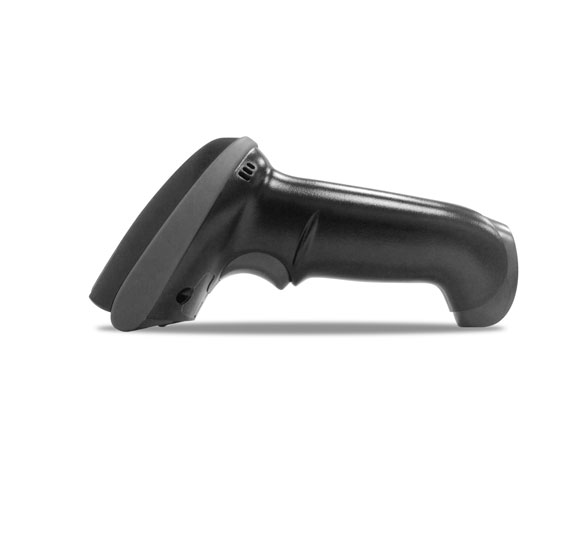In the dynamic landscape of modern manufacturing, efficiency, precision, and productivity are the cornerstones of success. Handheld Charge-Coupled Device (CCD) scanners have emerged as invaluable tools, reshaping the manufacturing paradigm and contributing significantly to the enhancement of precision and productivity on the factory floor. In this blog, we delve into the transformative impact of handheld CCD scanners in manufacturing processes.
Quality control is a non-negotiable aspect of manufacturing, and the handheld CCD scanner plays a pivotal role in elevating precision standards. These scanners, equipped with advanced imaging technology, ensure accurate and detailed scans of components and products. By providing real-time feedback on dimensions, tolerances, and surface conditions, manufacturers can identify and rectify discrepancies promptly, ultimately raising the bar for product quality.

The integration of handheld CCD scanners into manufacturing workflows brings about a significant boost in productivity. These portable devices allow workers to swiftly capture data at various stages of the production process. Whether it's tracking raw materials, monitoring work-in-progress, or verifying the final product, CCD scanners streamline operations, reduce manual errors, and contribute to the overall efficiency of the assembly line.
Efficient inventory management is crucial for manufacturing success, and handheld CCD scanners provide a game-changing solution. By enabling real-time tracking and traceability of components and finished products, manufacturers can optimize inventory levels, reduce stockouts, and minimize excess inventory. The result is a leaner and more cost-effective supply chain, enhancing overall operational efficiency.
Handheld CCD scanners have evolved beyond traditional barcode scanning. With the ability to read 1D and 2D barcodes, as well as perform image capture, these scanners offer multi-application capabilities. Whether it's identifying serial numbers, inspecting labels, or capturing images for documentation, the versatility of CCD scanners makes them indispensable tools in the modern manufacturing toolkit.
Looking ahead, the role of handheld CCD scanners in manufacturing is set to expand further with integration into the Internet of Things (IoT) and the advent of Industry 4.0. By seamlessly connecting with other smart devices and systems, CCD scanners can contribute to a more interconnected and data-driven manufacturing environment. This integration opens up possibilities for predictive maintenance, data analytics, and continuous process improvement, laying the groundwork for the factories of the future.
In conclusion, handheld CCD scanners have become integral to the fabric of modern manufacturing, offering a potent combination of precision and productivity. As technology continues to advance, the impact of these scanners will only grow, driving efficiencies, improving product quality, and positioning manufacturers for success in an increasingly competitive and fast-paced industry.